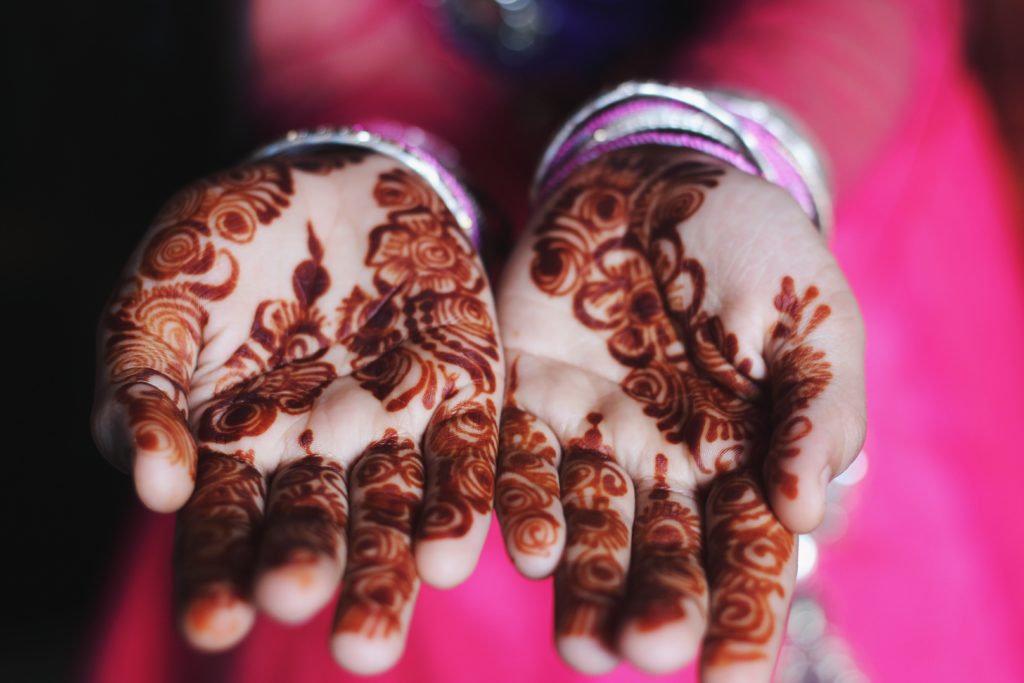
India – a utopia for soul seekers, history buffs and inquisitive folk alike, you’ll be taken aback by its vibrant colorful markets, charming communities and incomparable hospitality.
Its diverse culture tempts thousands of curious travelers every year, while its sublime landscapes and sparkling buildings only add to its romantic allure, shaping this vast land.
But it’s not just aesthetics that attract the masses — its world-famous festivals should be on every jetsetter’s calendar.
As a country with half a dozen major religions, there’s usually a boisterous celebration on somewhere, a good excuse for holidaymakers to serve special foods, light off fireworks and – on one special day – throw colored powders around.
Indians fete everything from the victory of good over evil to the goddesses of valor, wealth and knowledge. Here’s a guide to a few of the best and brightest of Indian celebrations.
Diwali

Head to India between October and November and witness Deepavali or Diwali, the Hindu ‘festival of lights,’ arguably one of the country’s most important holidays of the year.
All around India, particularly in New Delhi, you’ll see millions of divyas (clay lamps) light up India’s streets, houses and temples.
A devotional celebration dedicated to the spiritual victory of light over darkness, the festival represents good over evil and hope over despair. It lasts for five days.
Marking the beginning of the financial year in India, it is associated with Laskshmi, the goddess of prosperity. On the third day of celebrations, families gather to say a prayer to Lakshmi puja, before marking the occasion with delicious feasts, celebrations and fireworks.
Where to celebrate: Celebrated all over India, particularly in New Delhi.
Head to New Delhi on our Classical India with Nepal trip.
Holi Festival

What better way to witness vibrant India in its most colourful form than by tying your trip in with Holi Festival? This famous carnival celebrates the victory of good over evil, the end of winter and the arrival of spring. It celebrates fertility, colour and love and looks at forgetting, forgiving and repairing relationships. It is also considered to be a thanksgiving for a good harvest.
The merriments here involve dancing, eating, singing and of course the colored powders participants throw at one another.
The festival is spread over two days and two events: Holika Dahan and Rangwali Holi. The former takes place on the first night and involves burning wood and dung cakes. This represents good defeating evil.
On the morning of the second day, crowds gather for Rangwali Holi, whereby people chase each other round with ‘gulal’ or coloured powders. Water balloons and water guns will also be used to drench you. Rangwali Holi takes place all over India, from the streets to parks and outside temples.
The date for the festival relates to the moon and so changes each year. In 2019 it will take place on March 20th and March 21st.
Where to celebrate While the festival is celebrated all over India and in some parts of Nepal, the best places to head are Delhi, Jaipur, Barsana and Udaipur.
Head to Delhi, Jaipur and Udaipur on our Imperial Rajasthan trip.
Onam

Arguably the biggest yearly celebration in Kerala, Onam is a 10-day festival celebrated at the beginning of the month of Chingham, or the first month of the Malayalam Calendar. It celebrates the homecoming of the mythical King Mahabali. Rituals commence 10 days before the main celebration, Thiru Oman, on Atham.
Each day of Onam has its own significance and celebrations come in many colourful forms. People decorate the ground in front of their house with pookalam, striking patterns made up of colourful flowers. A lamp is lit in the centre of the pattern to welcome King Mahabali.
Women celebrate in beautiful bright clothes, while men embrace the ancient and fascinating tradition of tiger play or Pulikalli, dressing up as tigers for the celebrations and dancing to instruments including chenda and thakil.
Women perform Thiruvathira Kali, a popular folk dance that was initially a ritual performed to attain marital bliss.
Feasts are served on banana leaves, while lively street festivals include parades of brightly decorated floats and elephants. There is also the famous Aranmula snake boat race that takes place along the Pampa River, near a Hindu temple dedicated to Lord Krishna and Arjuna. The oarsmen must be from the local village to participate, while onlookers gather on the banks of the river to watch the spectacle. Participants wear white mundu and turbans, and sing traditional boat songs throughout the race.
Where to celebrate: In 2019 Thiru Oman will take place on September 11th. While the festival is celebrated throughout the state of Kerala, the most notable celebrations take place in Kochi, Kottayam, Trivandrum and Thrissur.
Head to Kerala on our Spirit of North and South India trip.
Ganesh Festival

Depending on the cycle of the moon, this vibrant Hindu festival usually takes place in late August or early September, on the fourth day after the new moon.
Dedicated to the Hindu god Lord Ganesha’s birth, the festival starts with the installation of exquisite statutes of Ganesha in people’s homes and on public stages. Once a statue has been elevated, a ceremony or ritual called Pranapratishhtha Puja takes place, which invokes the elephant-headed god into the statue. Throughout the ten days of celebrations, prayers and offerings are made to the statue, while special events take place at temples.
The festival is a public affair and involves colourful public statues, music, dancing and events. As the celebrations come to a close, the statues are paraded through the streets before being engulfed in the ocean.
Where to celebrate: While celebrations takes place across India in Goa, Karnataka and Maharashtra, Mumbai is considered one of the best places to see the spectacle. In 2019, Ganesh Chaturthi will take place between September 1st and September 12th.
Tie in our Imperial Rajasthan journey with a trip to Mumbai.











Leave a Comment